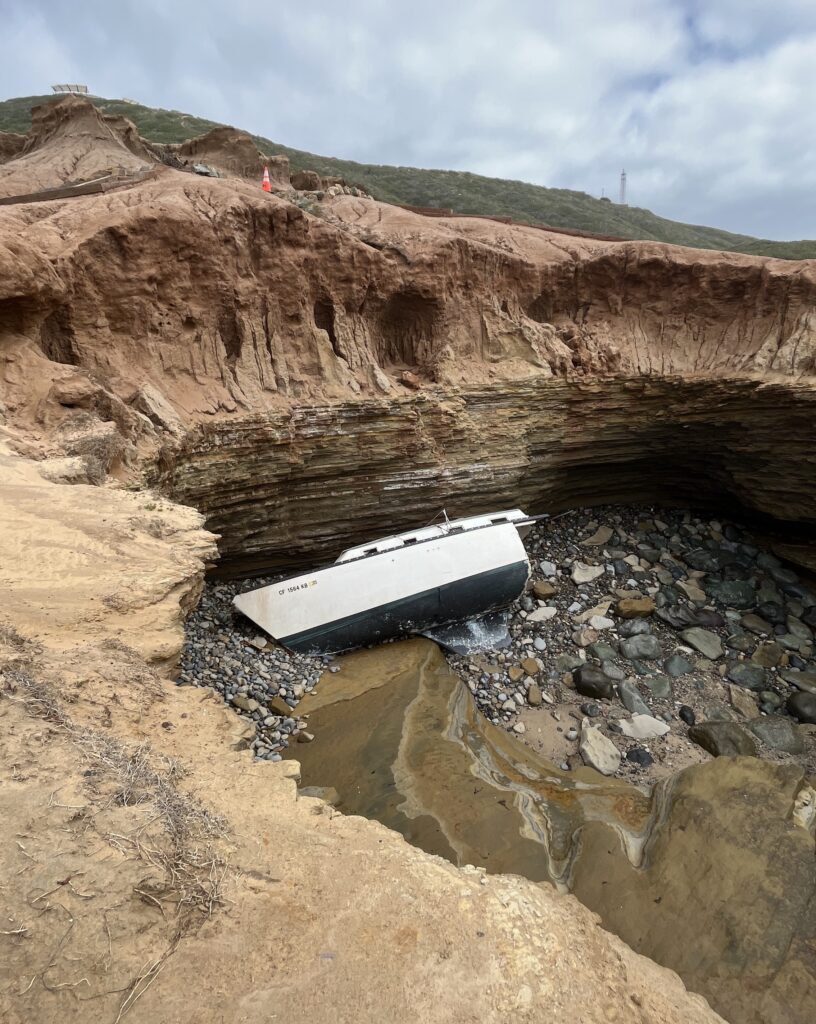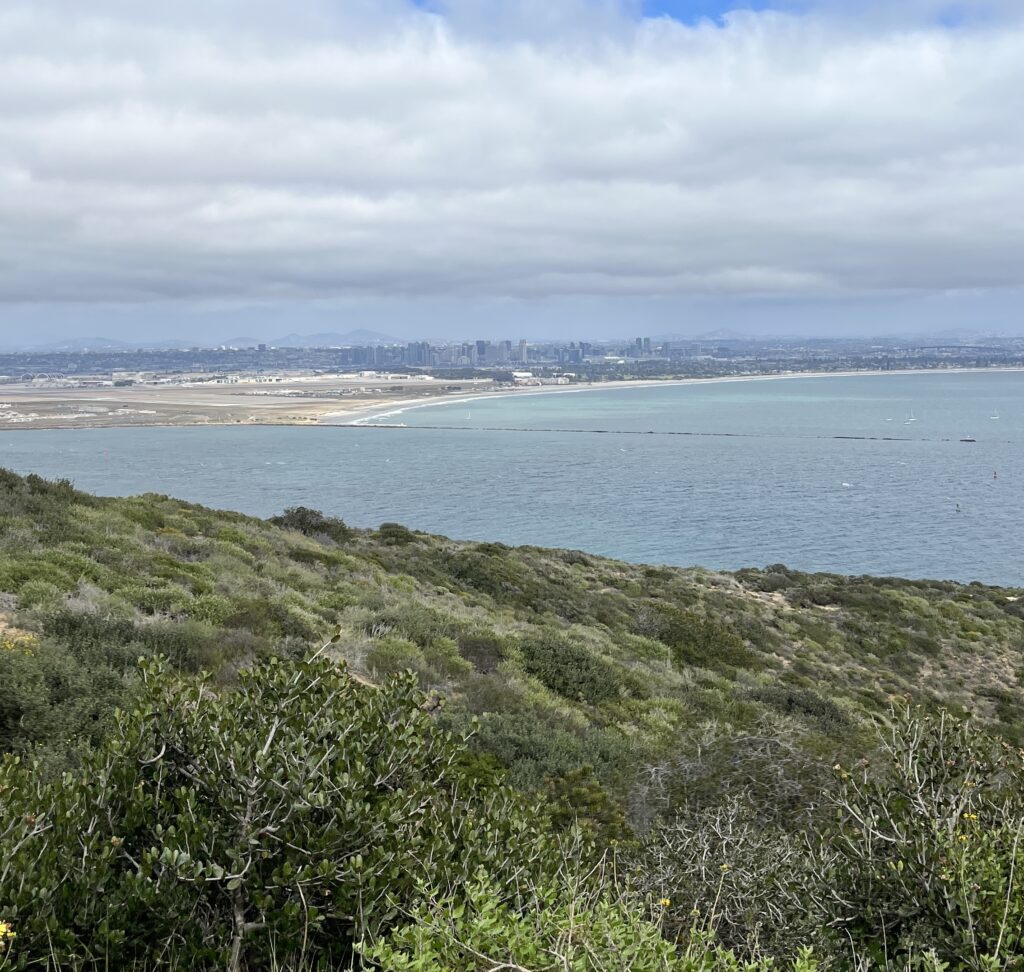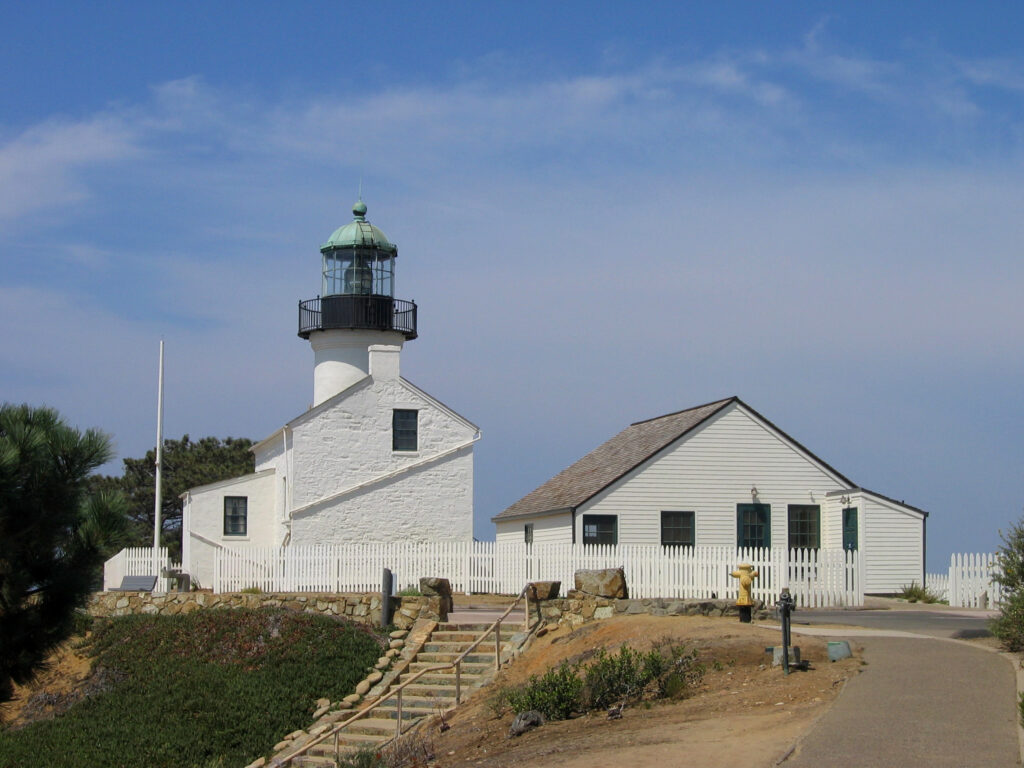Perched at the dramatic southern tip of the Point Loma Peninsula, where the land meets the vast Pacific, lies a place of profound significance and unparalleled beauty. Cabrillo National Monument is far more than just a statue or a viewpoint; it’s the very beginning of California’s story. It’s a window into the past, a thriving coastal ecosystem, and arguably the most stunning panoramic viewpoint in all of San Diego.
Whether you’re a history enthusiast eager to walk in the footsteps of explorers, a nature lover searching for hidden worlds in tide pools, or simply a traveler seeking that perfect photo of the San Diego skyline, this monument offers an unforgettable experience. It’s a place to pause, reflect, and soak in the layers of history and nature that make this corner of the country so unique.

The “Plymouth Rock of the West Coast”: A Journey to San Diego’s Origin
The story of Cabrillo National Monument begins on September 28, 1542. On that day, Portuguese navigator Juan Rodríguez Cabrillo sailed his flagship, the San Salvador, into a harbor he described as “a very good, enclosed port.” He and his crew were the first Europeans to set foot on what is now the West Coast of the United States. This pivotal moment is immortalized by the heroic statue of Cabrillo, which stands gazing out over the bay he first charted.
Visiting the monument feels like stepping onto hallowed ground. The visitor center offers fantastic exhibits and a film, “In Search of Cabrillo,” that brings the perilous and groundbreaking voyage to life. Standing there, with the salty sea breeze on your face, it’s easy to imagine the awe and uncertainty Cabrillo’s crew must have felt as they looked upon this new land for the first time.

The Beacon of Point Loma: The Old Point Loma Lighthouse
One of the most iconic and beloved features of the monument is the Old Point Loma Lighthouse. First lit in 1855, this charming, Cape Cod-style structure stands watch from its high perch, 422 feet above sea level. For 36 years, it served as a guiding light for sailors navigating the often-treacherous waters into San Diego Bay.
You can step inside the beautifully restored lighthouse and see what life was like for the lightkeepers and their families. The cozy living quarters, the winding spiral staircase, and the magnificent lens room tell a story of isolation, duty, and resilience. Ironically, its lofty location was also its downfall; the light was often shrouded in fog and low clouds, rendering it invisible from the sea. In 1891, it was extinguished and replaced by a new lighthouse at a lower elevation, but it remains a lovingly preserved piece of maritime history.

San Diego’s Best Viewpoint: Panoramic Vistas and Whale Watching
Prepare to have your breath taken away. The views from Cabrillo National Monument are simply spectacular. From the monument, you can enjoy a 360-degree panorama that encompasses the endless blue of the Pacific Ocean, the bustling activity of Naval Air Station North Island, the graceful arch of the Coronado Bridge, the shimmering downtown skyline, and even the mountains of Tijuana, Mexico, in the distance.
During the winter months (typically December through February), this vantage point transforms into one of the best land-based whale watching spots in California. Visitors gather with binoculars in hand to witness the majestic migration of the Pacific gray whale as these gentle giants travel from their feeding grounds in the Arctic to the calving lagoons of Baja California. It is a powerful and humbling sight that connects you directly to the rhythms of the natural world.

A World Between the Tides: Exploring the Point Loma Tide Pools
On the western side of the peninsula, a different kind of world awaits discovery. The rocky intertidal zone, commonly known as the Point Loma Tide Pools, is a protected and fragile ecosystem teeming with life. When the ocean recedes during low tide, it reveals a fascinating landscape of small pools and channels that are home to a remarkable diversity of marine creatures.
This is a perfect adventure for the little explorers in your group. Peer into the clear water and you might find hermit crabs scurrying for a new shell, vibrant sea anemones waving their tentacles, tiny fish darting between rocks, and maybe even a reclusive octopus. Remember that this is a “look, don’t touch” environment to protect its delicate inhabitants for generations to come. Always check the tide charts before you go to ensure you visit during a low or negative tide for the best experience.

Step into the Past on the Bayside Trail
For those looking to stretch their legs and absorb more of the area’s scenery and history, the Bayside Trail is a must-do. This 2-mile round-trip trail begins near the old lighthouse and gently descends about 300 feet through a beautifully preserved coastal sage scrub habitat. The trail offers a different perspective, with stunning views of San Diego Bay and the city.
Along the path, you’ll also encounter remnants of the area’s military past. Fort Rosecrans was established here in the early 20th century to defend the strategic harbor. You can still see old searchlight bunkers and gun emplacements, stark reminders of a different chapter in Point Loma’s history. The trail is a beautiful and serene walk that combines nature, history, and fitness.

Planning Your Visit: Essential Tips for a Perfect Day
Ready to explore this San Diego treasure? Here are a few tips to make your visit seamless and memorable.
- Location: 1800 Cabrillo Memorial Dr, San Diego, CA 92106. The monument is at the very end of the Point Loma Peninsula.
- Hours & Fees: The park is typically open from 9:00 AM to 5:00 PM daily, but the entrance gate closes at 4:30 PM. There is a per-vehicle or per-person entrance fee, and National Park passes are accepted. Check the official National Park Service website for current hours and fees.
- Check the Tides: If you plan to visit the tide pools, check the tide charts online. The best viewing is during a low tide of zero or below.
- Dress in Layers: It can be significantly cooler and windier at the tip of the peninsula than in other parts of San Diego. A jacket is always a good idea.
- Bring Binoculars: Whether for whale watching or just getting a closer look at the ships and city skyline, you’ll be glad you have them.

From its historic founding to its modern-day role as a sanctuary for nature and a source of inspiration, Cabrillo National Monument is an essential part of the San Diego experience. It’s a place that captures the heart and soul of America’s Finest City.
